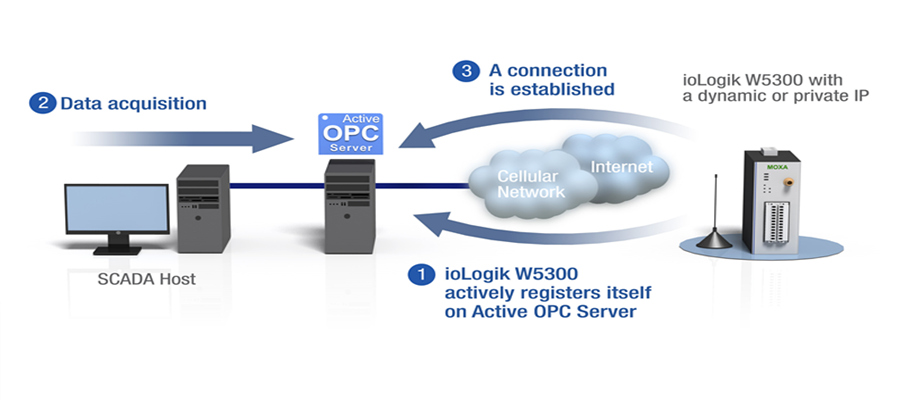In 2010 Shenzhen Chuangxinjia RFID tag corporation was founded, a high technology enterprise which engaged in researching as well as producing and marketing of system project, application equipment and end products. Mifare Ultralight is fairly ubiquitous and therefore a good high frequency choice in terms of availability of a wide range of readers and tags. A technology called chipless RFID allows for discrete identification of tags without an integrated circuit, thereby allowing tags to be printed directly onto assets at lower cost than traditional tags. Mario Cardullo’s in 1973 was the first true ancestor of modern RFID; a passive radio transponder with memory. Implantable RFID chips designed for animal tagging are now being used in humans.
RFID tags come in three general varieties: passive RFID tag, active RFID tag, or semi-passive RFID tag. Passive tags require no internal power source, thus being pure passive devices (they are only active when a reader is nearby to power them), whereas semi-passive and active tags require a power source, usually a small battery. To communicate, tags respond to queries generating signals that must not create interference with the readers, as arriving signals can be very weak and must be told apart.
The response of a passive RFID tag is not necessarily just an ID number; the tag chip can contain non-volatile , possibly writable EEPROM for storing data. Passive tags have practical read distances ranging from about 10 cm (ISO 14443) up to a few meters (Electronic Product Code nd ISO 18000-6), depending on the chosen radio frequency and antenna design/size.
The lack of an onboard power supply means that the device can be quite small: commercially available products exist that can be embedded in a sticker, or under the skin in the case of low frequency RFID tags. Many active tags today have practical ranges of hundreds of meters, and a battery life of up to 10 years. Other sensors that have been married with active RFID include humidity, shock/vibration, light, radiation, temperature, and atmospherics like ethylene.
Some active RFID tag include sensors such as temperature logging which have been used to monitor the temperature of perishable goods like fresh produce or certain pharmaceutical products. Active tags typically have much longer range (approximately 500m/1500 feet) and larger memories than passive tags, as well as the ability to store additional information sent by the transceiver.







